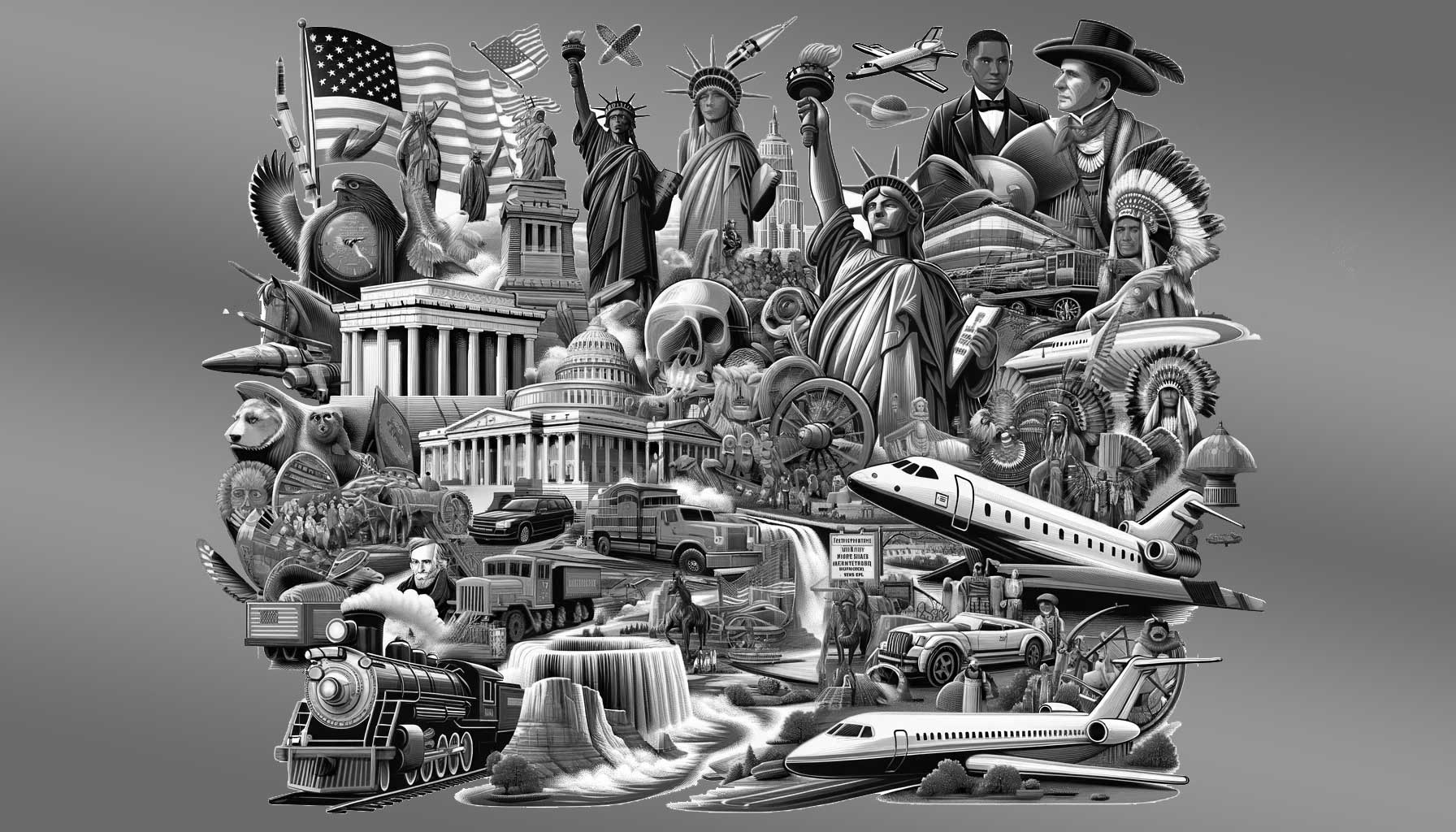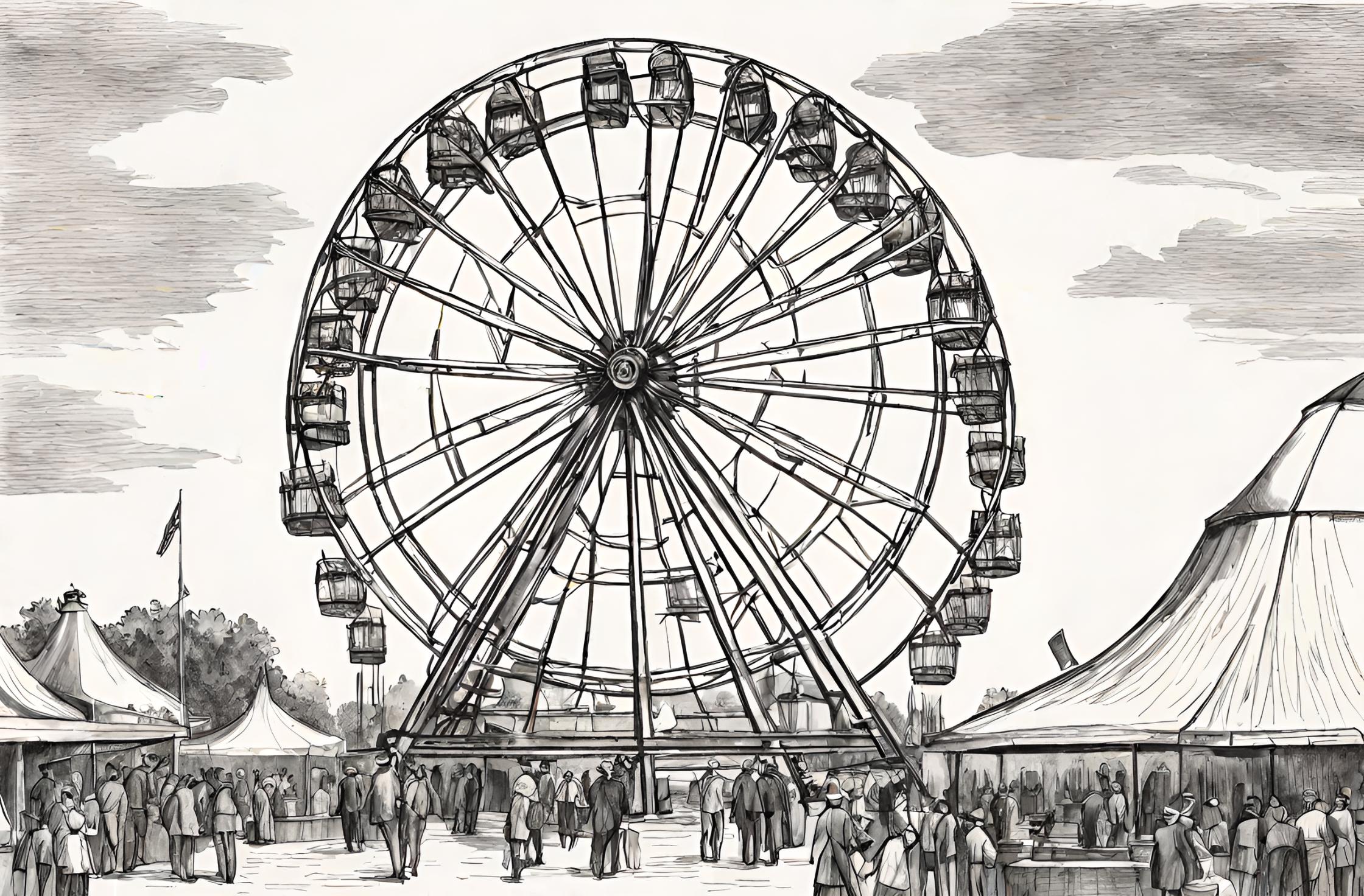Flashback to June 21
American History

On June 16, 1938, a significant event took place in the history of the United States. The Congress passed a groundbreaking bill, amounting to $3.7 billion, aimed at addressing the pressing issues of public works and unemployment relief. This bill came at a time when the nation was grappling with the devastating effects of the Great Depression, and it served as a ray of hope for millions of Americans affected by the economic downturn.
The bill, which was hailed as a landmark legislation, had far-reaching implications for the country’s infrastructure and labor force. It allocated a substantial sum of money to the creation of public works projects, with the intention of not only providing immediate relief to the unemployed but also revitalizing the nation’s economy in the long term.
One of the key objectives of the bill was to spur job creation and reduce unemployment rates. By investing in public works projects, the government aimed to not only provide temporary employment for those facing joblessness but also to stimulate economic growth. The projects ranged from the construction of highways, bridges, and dams to the development of parks, schools, and hospitals, creating a diverse array of employment opportunities.
Furthermore, the bill emphasized the importance of improving the country’s infrastructure. The investment in public works aimed to upgrade and modernize the nation’s transportation system, water supply networks, and public utilities. These improvements not only benefited the immediate workforce but also contributed to the overall development of the country.
The passage of this bill was met with widespread support from both politicians and the general public. It was seen as a necessary step towards addressing the dire economic situation and providing relief to millions of Americans affected by unemployment during the Great Depression. The public works projects created under this bill not only served to provide employment but also left a lasting legacy in the form of improved infrastructure throughout the nation.
However, the bill was not without its detractors. Some critics argued that such a large government expenditure could lead to inflation and burden future generations with debt. Others believed that the allocation of funds could have been more efficiently managed, targeting areas that needed immediate assistance the most.
Nevertheless, the overall impact of the bill was overwhelmingly positive. It provided a much-needed boost to the country’s economy and helped millions of unemployed Americans find work. Additionally, the public works projects created through this legislation left a lasting impact on the nation’s infrastructure, benefiting future generations.
the passage of the $3.7 billion public works and unemployment relief bill on June 16, 1938, was a pivotal moment in American history. It signified the government’s commitment to addressing the challenges posed by the Great Depression and provided hope for the millions affected by unemployment. The bill’s focus on public works projects and infrastructure development not only provided immediate relief through job creation but also laid the foundation for long-term economic growth. Despite some criticisms, the bill’s positive impact can still be felt and appreciated today.
We strive for accuracy. If you see something that doesn't look right, click here to contact us!
Sponsored Content

First Ferris wheel premieres…
The First Ferris wheel…

US President Ronald Reagan…
On June 21, 1986,…

Miller v. California: Supreme…
On June 21, 1973,…

John Hinckley is found…
On 6/21/1982, John Hinckley…

US Constitution goes into…
On June 21, 1788,…

12-bottle case of 1979…
The 1979 Napamedoc Cabernet…

